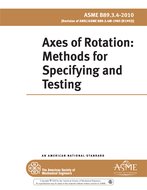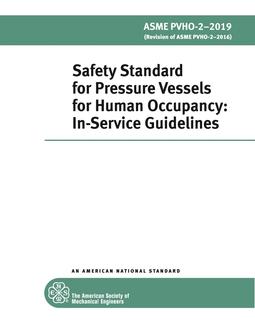Click here to purchase
PTC 1, General Instructions, provides direction to users and code-writing committees of Performance Test Codes. Code’s users shall consider it as part of each test. The objectives of PTC 1 are to define the purpose and scope of ASME Performance Test Codes, to list major industry applications where PTCs can be used, and to provide direction on the use of equipment Performance Test Codes concerning the planning, preparation, implementation, and reporting of test results.
Most ASME Performance Test Codes are applicable to a specific type of equipment defined by the Code. There may be several subcategories of equipment covered by a single Code. Types of equipment for which PTCs apply can be classified into five broad categories: (a) electrical or mechanical power producing; (b) combustion and heat transfer; (c) fluid handling; (d) emission control, and; (e) allied equipment. The quantities, which characterize performance, defined in each code for the equipment within its scope. Performance characteristics determined by adherence to a PTC can be evaluated as compared to design or predicted characteristics, to previous test results, or they can be used to benchmark or ascertain performance at a particular time. Some PTCs are written as general documents for reference, in support of the equipment PTCs. These can be considered as technical reference material for the equipment codes. Reference material codes can be divided into three types. The first type addresses the measurement of phenomena closely associated with the equipment, such as emissions. The second type covers instrumentation used in the measurement of thermodynamic or process fluid parameters, such as pressure, temperature, flow, and steam quality, and how to analyze the uncertainties associated with measurement of all primary parameters to develop overall test uncertainty is included in this type. Such individual codes referring to process or thermodynamic quantities are known as Performance Test Code Instruments and Apparatus Supplements. They are supplementary to the information on mandatory instrumentation requirements contained in the equipment codes. Instrumentation information in equipment test codes can supersede the information given in these supplements, or these supplements may be referenced by an equipment Test Code where deemed appropriate by the committee. The third type covers miscellaneous general information, and currently consists of PTC 1and PTC 2, “Definitions and Values.” PTC 2 contains standards for terms, units, values of constants, and technical nomenclature.
Product Details
- Published:
- 09/23/2015
- ISBN(s):
- 9780791870419
- ANSI:
- ANSI Approved
- Number of Pages:
- 26
- File Size:
- 1 file , 700 KB
- Redline File Size:
- 2 files , 4.1 MB


